


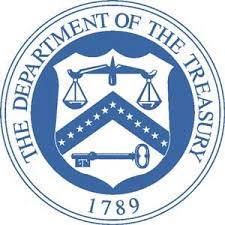



5-Star Service, Trusted & Loved by Hundreds
Your Appraiser Search Ends Here
Your Appraiser Search Ends Here
.avif)

Nationwide Coverage – Appraisals Anywhere in the US

Get it done Onsite or Online

Any Asset, Covered

Defensible for Any Purpose
Frequently Asked
Questions
No Frequently Asked Questions Found.
The agency's core responsibilities span five critical areas: tax collection, enforcement, taxpayer support, tax policy development, and refund management. Through tax collection, the IRS gathers federal taxes from individuals, businesses, and other entities, ensuring the financial foundation of government operations. Its enforcement division maintains system integrity by conducting audits, identifying potential tax evasion, and ensuring taxpayers meet their legal obligations.
Recognizing the complexity of tax regulations, the IRS provides comprehensive support through publications, online resources, and customer assistance. This commitment helps taxpayers navigate their financial responsibilities more effectively. Additionally, the agency plays a crucial role in developing and implementing tax policies by interpreting congressional legislation and creating clear, actionable regulations.
The IRS also manages the critical process of tax return processing and refund distribution, ensuring taxpayers receive their rightful returns efficiently. By leveraging technological advancements, the agency has modernized its approach, introducing e-filing options, online account management, and improved communication channels.
Beyond routine tax operations, the IRS handles specialized evaluations such as property valuation for tax purposes, including estate tax calculations and charitable contribution assessments. These precise valuations are essential for maintaining accuracy and fairness in the tax system.
At its core, the IRS represents more than a revenue collection agency. It is a vital institution that balances fiscal responsibility with taxpayer support, ensuring the financial mechanisms of the United States function smoothly and equitably.
The primary purpose of an IRS appraisal is to provide an objective, professionally validated assessment of an asset's fair market value. This valuation becomes essential in multiple contexts, from estate planning to charitable contributions and potential property transactions.
For individuals navigating complex tax landscapes, a professional appraisal offers multiple strategic advantages. It establishes a defensible, documented record of asset value that can withstand potential IRS scrutiny. Whether dealing with real estate, personal property, or significant financial holdings, an accurate appraisal helps taxpayers substantiate their reported values with credible, independent evidence.
The valuation process goes beyond simple number-tracking. It represents a comprehensive analysis that considers current market conditions, specific asset characteristics, and relevant economic factors. By obtaining a professional appraisal, individuals can confidently report asset values, minimize potential tax liabilities, and demonstrate transparency in their financial reporting.
Moreover, an appraisal provides crucial protection during potential tax audits. With detailed documentation from a qualified professional, taxpayers can effectively defend their reported asset values and reduce the risk of penalties or additional tax assessments.
Ultimately, an IRS appraisal is more than a procedural requirement—it's a strategic financial tool that enables precise, compliant, and informed tax management across diverse economic scenarios.
An artwork appraisal represents a comprehensive professional evaluation that precisely determines the monetary and historical value of an art piece. This meticulous process involves expert assessment of multiple intricate factors that collectively influence an artwork's market worth and significance.
Professional art appraisers employ a sophisticated methodology that examines critical elements such as the artwork's provenance, authenticity, physical condition, current market dynamics, and the artist's reputation. Each of these components plays a crucial role in establishing an accurate and defensible valuation.
The evaluation goes far beyond a simple price assessment. Appraisers conduct detailed investigations that may include forensic analysis of materials, historical research into the artwork's origins, and careful examination of minute details that can substantiate or challenge the piece's perceived value. They leverage extensive knowledge of artistic styles, market trends, and collector interests to provide a nuanced understanding of an artwork's worth.
Different stakeholders rely on artwork appraisals for diverse purposes, including insurance documentation, estate planning, potential sale transactions, and tax compliance. The appraisal serves as an authoritative document that provides clarity and confidence for collectors, institutions, and potential buyers.
The complexity of art valuation requires a sophisticated approach that balances objective analysis with deep understanding of artistic and market contexts. A comprehensive appraisal not only quantifies monetary value but also captures the intrinsic cultural and historical significance of the artwork.
Online artwork appraisals have become increasingly sophisticated, offering art owners a convenient and comprehensive method to determine the value of their pieces. The process typically begins with submitting high-resolution photographs that capture essential details of the artwork. Professional appraisers carefully analyze these images, examining critical aspects such as condition, artistic technique, and distinctive characteristics.
Beyond visual documentation, appraisers collect contextual information through digital communication channels. Owners provide supplemental details about the artwork's provenance, artist background, and historical significance, which help create a more nuanced valuation. This collaborative approach allows for a thorough assessment without the constraints of physical proximity.
Live video consultations have emerged as an innovative component of online art appraisals. Using platforms like Zoom or Google Meet, appraisers can engage directly with clients, rotating artwork, examining specific details, and conducting real-time discussions. This interactive method bridges the gap between digital and in-person assessment, enabling a more dynamic and comprehensive evaluation.
The digital appraisal process offers substantial benefits, including accessibility for individuals in remote locations, flexibility for busy clients, and reduced logistical complexities. Professional appraisers maintain rigorous standards, ensuring that online evaluations are as meticulous and credible as traditional in-person assessments.
Modern technology has transformed artwork appraisals, creating a streamlined, efficient approach that meets the evolving needs of art collectors and owners. By leveraging digital tools and professional expertise, online appraisals provide accurate, comprehensive valuations with unprecedented convenience.
Artwork appraisers are specialized professionals who meticulously assess the value of diverse art forms. Their expertise spans multiple domains, each requiring unique skills and deep knowledge of artistic markets, historical context, and aesthetic evaluation.
Fine art appraisers concentrate on traditional art mediums like paintings, sculptures, and drawings. These experts possess comprehensive understanding of art movements and market dynamics, often developing profound specialization in specific periods such as Impressionism or Contemporary art.
Decorative art appraisers evaluate functional artistic items including furniture, ceramics, glassware, and textiles. Their assessments consider craftsmanship, material quality, historical significance, and provenance, making them invaluable to collectors and antique dealers seeking precise valuations.
Digital art appraisers represent an emerging professional category addressing the rapidly evolving technological art landscape. They specialize in evaluating digital creations, graphic designs, digital paintings, and emerging formats like NFTs, reflecting the dynamic nature of contemporary artistic expression.
Antique appraisers focus on artworks exceeding 100 years in age, conducting thorough examinations that extend beyond aesthetic value. They scrutinize historical importance, authenticity, and originality, distinguishing genuine historical pieces from reproductions and potential forgeries.
Specialty appraisers develop expertise in distinct artistic niches, concentrating on specific artists, regional styles, or unique media such as photography or limited edition prints. Their targeted knowledge enables nuanced, precise valuations within specialized artistic domains.
Institutional appraisers employed by museums, galleries, and cultural organizations perform critical valuation services for collections, exhibitions, and acquisitions. Operating under rigorous ethical standards, they provide essential assessments for insurance, donation, estate planning, and cultural preservation purposes.
Artworks transcend mere visual appeal, representing significant financial and emotional investments. Professional appraisals provide critical insights that extend far beyond simple price determination, serving multiple strategic purposes for art owners.
Insurance protection stands as a primary motivation for artwork appraisals. Without accurate documentation, collectors risk inadequate compensation during loss, theft, or damage scenarios. Precise valuations enable insurance companies to establish appropriate coverage, ensuring financial security for valuable pieces.
Estate planning represents another crucial context for art appraisals. When transferring assets between generations, comprehensive valuations help establish fair market values, potentially mitigating potential tax complications and familial disputes. Executors and heirs gain clarity about the financial landscape of inherited artwork collections.
Charitable donations also benefit from professional appraisals. For artwork valued over specific thresholds, formal assessments become essential for claiming tax deductions. These documentations provide nonprofits with transparent understanding of donated asset values while offering potential tax advantages to donors.
Preparing for potential sales requires nuanced market understanding. Appraisals illuminate current market trends, helping owners set competitive pricing strategies. Whether considering auction placement or private sale, comprehensive evaluations empower informed decision-making.
Investment portfolios increasingly recognize art as a valuable asset class. Professional appraisals help collectors assess artwork's financial potential, tracking appreciation and understanding long-term value trajectories. These insights support sophisticated wealth management approaches.
Authenticity verification represents an often-overlooked yet critical appraisal benefit. Reputable assessments not only determine monetary value but also confirm artwork provenance, protecting collectors from potential fraud and enhancing piece legitimacy.
Ultimately, artwork appraisals represent more than financial transactions—they are comprehensive explorations of cultural, historical, and monetary significance. By bridging emotional attachment and strategic financial planning, professional evaluations offer collectors comprehensive perspectives on their artistic investments.
Why Do You Need an Artwork Appraisal for IRS Purposes?
Artwork appraisals serve critical functions across multiple financial and legal domains, especially when interacting with IRS requirements. Understanding the strategic importance of professional artwork valuation can help collectors and investors navigate complex regulatory landscapes.
Key Reasons for Professional Artwork Appraisals
Tax Compliance and Deduction Verification
- Essential for documenting charitable donation values
- Provides accurate fair market valuation for tax deduction purposes
- Protects against potential IRS audits and financial penalties
Estate Planning and Inheritance Management
- Establishes precise artwork value for estate documentation
- Facilitates equitable asset distribution among beneficiaries
- Assists in calculating potential estate tax obligations
Insurance and Asset Protection
- Determines appropriate insurance coverage levels
- Creates official documentation for potential loss or damage claims
- Provides comprehensive proof of artwork's current market value
Investment and Market Strategy
- Tracks artwork value fluctuations over time
- Supports informed buying and selling decisions
- Offers insights into current art market trends
Professional artwork appraisals represent more than a bureaucratic requirement—they are strategic financial tools that provide clarity, compliance, and comprehensive asset management across multiple domains.
The Critical Role of Art Valuation in Tax Compliance
Understanding Art Valuation in Tax Compliance
Art valuation serves as a critical mechanism for navigating complex tax obligations, providing essential documentation for various tax scenarios involving artwork collections.
Key Tax Scenarios Requiring Art Valuation
- Estate Tax Reporting
- Charitable Donation Deductions
- Capital Gains Tax Calculations
- Inheritance Tax Assessments
Critical Components of Professional Art Valuation
- Comprehensive Documentation
- Detailed provenance tracking
- Complete ownership history
- Comprehensive condition assessment
- Valuation Factors
- Artist reputation and historical significance
- Artwork medium and technique
- Current market trends
- Piece condition and preservation status
- Recent comparable sales data
Regulatory Compliance Standards
The IRS mandates that art appraisals follow the Uniform Standards of Professional Appraisal Practice (USPAP), ensuring rigorous and credible valuation processes. Professional appraisers must demonstrate expertise and maintain strict ethical guidelines when assessing artwork for tax purposes.
Strategic Benefits of Professional Art Valuation
- Accurate tax reporting
- Reduced risk of audit complications
- Potential maximization of tax deductions
- Comprehensive documentation for future transactions
Art valuation transcends simple monetary assessment, representing a sophisticated process that bridges artistic heritage with financial accountability. By engaging qualified professionals, art owners can confidently navigate complex tax landscapes while preserving the integrity of their collections.
Navigating IRS Guidelines for Artwork Valuation
Navigating artwork appraisal for IRS purposes requires a comprehensive understanding of specific valuation guidelines to ensure compliance and accuracy. Whether you're dealing with a painting, sculpture, or photograph, artwork is typically classified as a capital asset that can significantly impact tax filings.
Understanding Fair Market Value
The IRS mandates that artwork be appraised at fair market value, which is defined as the price an artwork would command between:
- A willing buyer
- A willing seller
- Both parties fully informed about the artwork's value
- Neither party under compulsion to complete the transaction
Key Appraisal Requirements
To ensure a valid and compliant artwork valuation, several critical steps must be followed:
- Professional Appraisal: Engage a qualified appraiser with specific expertise in the type of artwork being evaluated
- USPAP Compliance: The appraiser must adhere to the Uniform Standards of Professional Appraisal Practice (USPAP)
- Comprehensive Documentation: Maintain detailed records including:
- Appraiser's professional credentials
- Valuation methodology
- Detailed artwork description
- Supporting evidence of value
Potential Consequences of Non-Compliance
Failure to follow IRS guidelines can result in serious repercussions, including:
- Financial penalties
- Potential tax audits
- Additional taxes or assessment
- Potential legal complications
Best Practices for Artwork Valuation
To protect your interests and ensure accurate reporting, consider these recommendations:
- Work with a certified, experienced art appraiser
- Maintain meticulous records of all valuation documentation
- Update appraisals periodically, as art values can fluctuate
- Consult with a tax professional familiar with art asset reporting
A professional and thorough approach to artwork valuation not only ensures IRS compliance but provides peace of mind in managing your valuable art assets.
What Types of Art Qualify for Professional Appraisal?
Types of Artwork Eligible for Professional Appraisal
Understanding the diverse range of artwork that qualifies for professional appraisal is essential for accurate tax documentation and asset valuation. Here are the key categories of art typically requiring expert evaluation:
Primary Artistic Categories
- Paintings: Comprehensive evaluation of oil, watercolor, acrylic, and gouache works, considering artist reputation and market potential.
- Sculptures: Three-dimensional artworks including metal, wood, stone, and mixed media pieces, assessed by artist reputation, condition, and historical significance.
- Prints and Drawings: Detailed analysis of limited-edition prints, lithographs, silk-screens, and original drawings, with careful consideration of edition rarity.
- Photographs: Fine art photography assessment focusing on edition size, print technique, and photographer recognition.
- Decorative Arts: High-value ceramics, porcelain, and glass art evaluated based on craftsmanship, historical context, and current market trends.
- Textiles: Specialized appraisal of tapestries, quilts, and textile arts, examining age, origin, and preservation quality.
- Antique and Historical Artifacts: Comprehensive valuation of objects over 100 years old, critical for estate planning and tax documentation.
Key Appraisal Considerations
Professional appraisers conduct thorough evaluations by examining critical factors including:
- Artwork authenticity
- Current condition
- Market demand
- Artist reputation
- Historical significance
A comprehensive appraisal provides art owners with precise documentation necessary for accurate tax reporting and asset protection.
Finding the Right Artwork Appraiser: Essential Criteria
Essential Criteria for Selecting an Artwork Appraiser
When pursuing an artwork appraisal for IRS purposes, selecting the right professional is critical for ensuring accurate valuation and regulatory compliance. Consider these key factors when choosing an art appraiser:
Qualifications and Professional Credentials
- Seek appraisers with recognized certifications from reputable professional organizations
- Look for membership in prestigious groups such as:
- Appraisers Association of America
- International Society of Appraisers
- Verify ongoing professional education and commitment to industry standards
Specialized Experience and Genre Expertise
- Prioritize appraisers with extensive experience in your specific artwork type
- Consider specialists in:
- Contemporary art
- Classical art
- Photography
- Sculpture
- Specific artistic movements or periods
Comprehensive Market Knowledge
- Ensure the appraiser has current understanding of art market dynamics
- Verify access to:
- Comprehensive sales databases
- Recent auction results
- Market trend analysis
IRS Compliance and Reporting Standards
- Select an appraiser thoroughly familiar with IRS valuation guidelines
- Require documentation that includes:
- Detailed valuation methodology
- Comparable sales data
- Current market condition analysis
- Comprehensive written report
- Minimize potential audit risks through precise documentation
Professional Reputation Verification
- Request and review client testimonials
- Check professional references
- Evaluate appraiser's track record of reliability and accuracy
By carefully evaluating these critical criteria, you can confidently select an artwork appraiser who will provide accurate, reliable valuation for your IRS documentation.
Inside the Professional Artwork Appraisal Process
Understanding the Professional Artwork Appraisal Process
The professional artwork appraisal process is a sophisticated and detailed approach to determining the precise value of artworks for various legal and financial purposes, particularly IRS-related requirements.
Comprehensive Initial Examination
A qualified art appraiser begins with a meticulous assessment that involves:
- Detailed physical condition analysis
- Provenance verification
- Evaluation of unique artistic characteristics
- Assessment of the artist's historical significance
- Contextual cultural relevance review
In-Depth Market Research
Critical comparative analysis includes:
- Comprehensive market research
- Review of recent auction results
- Examination of gallery sales
- Analysis of comparable artwork transactions
- Establishing a realistic market value range
Comprehensive Documentation
The appraisal process culminates in a detailed written report that:
- Provides a comprehensive artwork description
- Includes detailed valuation analysis
- Supports findings with photographic evidence
- References comparable sales data
- Meets specific IRS documentation guidelines
Final Report and Consultation
The final stage involves presenting the client with a comprehensive report that not only establishes the artwork's value but also provides critical insights for informed decision-making. This process ensures accurate valuation, legal compliance, and a thorough understanding of the artwork's market position.
By following these rigorous steps, professional art appraisers deliver precise, legally compliant valuations that serve critical financial and legal purposes.
Overcoming Challenges in Art Valuation
Navigating Complex Art Valuation for IRS Purposes
Art valuation involves intricate challenges that require strategic approaches to ensure accurate and compliant assessments. Understanding these key obstacles is crucial for collectors and investors seeking precise artwork valuations.
Addressing Subjectivity in Art Valuation
Art valuation inherently involves subjective elements that can complicate precise assessment:
- Personal aesthetic preferences influence perceived value
- Market trends rapidly shift collector interests
- Emotional connections impact artwork perception
Recommended Strategy: Engage multiple qualified appraisers to generate a comprehensive and balanced valuation perspective.
Managing Market Volatility
The art market presents dynamic valuation challenges:
- Economic conditions dramatically impact artwork value
- Collector preferences change unpredictably
- Emerging art trends quickly influence market perceptions
Recommended Approach: Conduct comprehensive market research utilizing:
- Recent sales data
- Auction result analysis
- Current market trend evaluations
Verifying Provenance and Authenticity
Documentation integrity is critical in artwork valuation:
- Incomplete records compromise valuation accuracy
- Unverified authenticity reduces artwork value
- Gaps in ownership history create valuation uncertainty
Best Practices:
- Maintain meticulous acquisition documentation
- Conduct thorough due diligence when purchasing
- Work with reputable galleries and auction houses
Navigating Legal and Tax Compliance
IRS appraisal requirements demand precise adherence to regulatory guidelines:
- Strict documentation standards
- Specific valuation methodologies
- Potential penalties for non-compliance
Recommended Solution: Partner with appraisers experienced in IRS regulatory requirements to ensure comprehensive and compliant assessments.
By understanding these challenges and implementing strategic approaches, art collectors can achieve accurate valuations that meet both personal insights and regulatory standards.
Key Factors That Determine Artwork Value
Key Factors Determining Artwork Value
When determining the value of artwork, multiple complex factors significantly influence an appraisal's outcome. Understanding these elements helps owners, collectors, and investors comprehend the nuanced valuation process.
Provenance: The Historical Narrative
Provenance represents the comprehensive ownership history of an artwork. A meticulously documented provenance can substantially enhance an artwork's value, particularly when the piece has:
- Passed through notable collectors' hands
- Been exhibited in prestigious galleries
- Participated in significant cultural exhibitions
Artist Reputation: The Creative Legacy
An artist's reputation and standing in the art world are critical valuation determinants. Key considerations include:
- Recognition within artistic communities
- Cultural significance of the artist's work
- Critical acclaim and professional achievements
- Potential for emerging artist appreciation
Artwork Condition: Preservation Matters
The physical condition of an artwork directly impacts its monetary value. Appraisers carefully evaluate:
- Presence of damage or deterioration
- Quality of previous restorations
- Overall structural integrity
- Conservation and preservation efforts
Market Demand: Economic and Cultural Dynamics
Art market trends are fluid and can dramatically influence artwork valuation. Factors affecting market demand include:
- Current economic conditions
- Emerging cultural movements
- Collector interests
- Global artistic trends
Size and Medium: Physical Characteristics
Physical attributes of an artwork contribute significantly to its value:
- Artwork dimensions
- Materials and techniques used
- Uniqueness of medium
- Complexity of creation process
A comprehensive understanding of these interconnected factors empowers individuals to make informed decisions about artwork valuation and preservation.
Essential Documentation for IRS Art Appraisals
Key Documentation for Comprehensive IRS Art Appraisals
Preparing a thorough art appraisal for IRS purposes requires meticulous documentation that validates the artwork's value and authenticity. Comprehensive documentation serves two critical purposes: ensuring regulatory compliance and establishing credibility.
Essential Documentation Checklist
- Provenance Records
- Complete ownership history documentation
- Previous sales receipts and invoices
- Exhibition catalogues
- Demonstrates artwork's historical and market significance
- Comprehensive Condition Assessment
- Detailed physical condition evaluation
- Documentation of prior damage
- Restoration history and intervention details
- Potential conservation or restoration cost implications
- Professional Photographic Documentation
- High-resolution images from multiple angles
- Close-up images of signature and identifying marks
- Professionally lit and accurately captured representations
- Digital and physical format submissions
- Comparative Market Analysis
- Recent auction results for similar artworks
- Comparable gallery pricing
- Sales data for similar artists and mediums
- Contextualizes artwork's market value
- Artist Verification Documentation
- Comprehensive artist biography
- Exhibition histories
- Critical acclaim and awards
- Scholarly references and publications
- Required Tax Documentation
- IRS Form 8283 for charitable donations
- Appraisal compliant with IRS valuation standards
- Detailed valuation methodology
Strategically assembling these documents demonstrates professionalism and ensures a comprehensive, defensible art appraisal that meets stringent IRS requirements.
How Professional Appraisals Protect Your Artistic Investments
Protecting Your Artistic Investments with Professional Appraisals
Professional artwork appraisals are a critical financial safeguard for artists, collectors, and investors. Beyond mere decoration, artwork represents a significant financial asset that requires careful valuation and documentation.
Key Benefits of Professional Artwork Appraisals
- Accurate Market Valuation: Expert appraisers provide precise assessments based on deep market knowledge, current trends, and historical significance
- IRS Compliance: Comprehensive documentation supports accurate reporting for estate taxes, charitable donations, and capital gains
- Legal Protection: Detailed reports serve as crucial evidence in potential disputes, insurance claims, and audits
Comprehensive Documentation Matters
A professional appraisal goes beyond simple price assessment. It includes:
- Artwork condition analysis
- Provenance verification
- Detailed market context evaluation
- Comprehensive historical research
Strategic Financial Planning
Professional appraisals empower collectors to make informed decisions by:
- Identifying potential value appreciation
- Developing strategic buying and selling approaches
- Supporting insurance and estate planning
- Providing clear documentation for financial transactions
Investing in a professional appraisal is a proactive approach to managing your artistic assets, ensuring accurate valuation, and maintaining comprehensive financial documentation.
Your Artwork Appraisal Questions Answered
When it comes to artwork appraisal for IRS purposes, understanding the nuanced details can help you navigate this complex process effectively.
Why Artwork Appraisals Matter for the IRS
Art appraisals serve critical functions in tax-related scenarios:
- Documenting charitable donation deductions
- Establishing estate tax valuations
- Ensuring compliance with federal tax regulations
Key Components of a Professional Art Appraisal
Appraiser Qualifications
A credible art appraiser should possess:
- Formal training in art valuation
- Professional credentials from recognized institutions
- Extensive knowledge of art market trends
- Adherence to ethical appraisal standards
Comprehensive Appraisal Process
A thorough art appraisal typically involves:
- Detailed physical examination of the artwork
- Comprehensive provenance research
- Condition assessment
- Market comparables analysis
- Detailed documentation with supporting photographs
Frequency of Art Valuations
Art values are dynamic and can change due to:
- Market fluctuations
- Artist reputation shifts
- Historical sales data
Experts recommend reassessing significant artworks every 3-5 years to maintain accurate valuation records.
IRS Documentation Requirements
When submitting artwork valuations, ensure your appraisal report includes:
- Detailed artwork description
- Clear value justification
- Appraiser's professional credentials
- Comprehensive supporting evidence
By understanding these critical aspects, you can confidently manage artwork valuations for IRS purposes with precision and professionalism.
Maximizing Accuracy in Art Valuation for Tax Reporting
When it comes to art valuation for IRS purposes, accuracy is crucial for successful tax reporting and compliance. The Internal Revenue Service requires precise documentation to substantiate artwork market value, especially for charitable donations or estate inclusions.
Key Factors for Accurate Art Valuation
Selecting a Qualified Appraiser
- Choose an appraiser with specialized experience in the art market
- Verify professional credentials from recognized organizations such as:
- American Society of Appraisers
- International Society of Appraisers
- Ensure the appraiser understands current tax regulations
Comprehensive Documentation Requirements
A thorough appraisal must include:
- Complete artwork details:
- Artist's full name
- Artwork title
- Medium
- Precise dimensions
- Detailed provenance tracking
- Historical ownership documentation
Preparation Strategies
To maximize valuation accuracy, gather and organize:
- Original purchase receipts
- Previous professional appraisals
- Exhibition records
- Market condition documentation
Additional Verification Methods
For high-value artworks, consider:
- Secondary professional review
- Peer appraisal
- Multiple expert consultations
By implementing these comprehensive strategies, taxpayers can develop a credible, precise artwork valuation that meets IRS standards and minimizes potential reporting complications.
View all Locations
BEST-IN-CLASS APPRAISERS, CREDENTIALED BY:






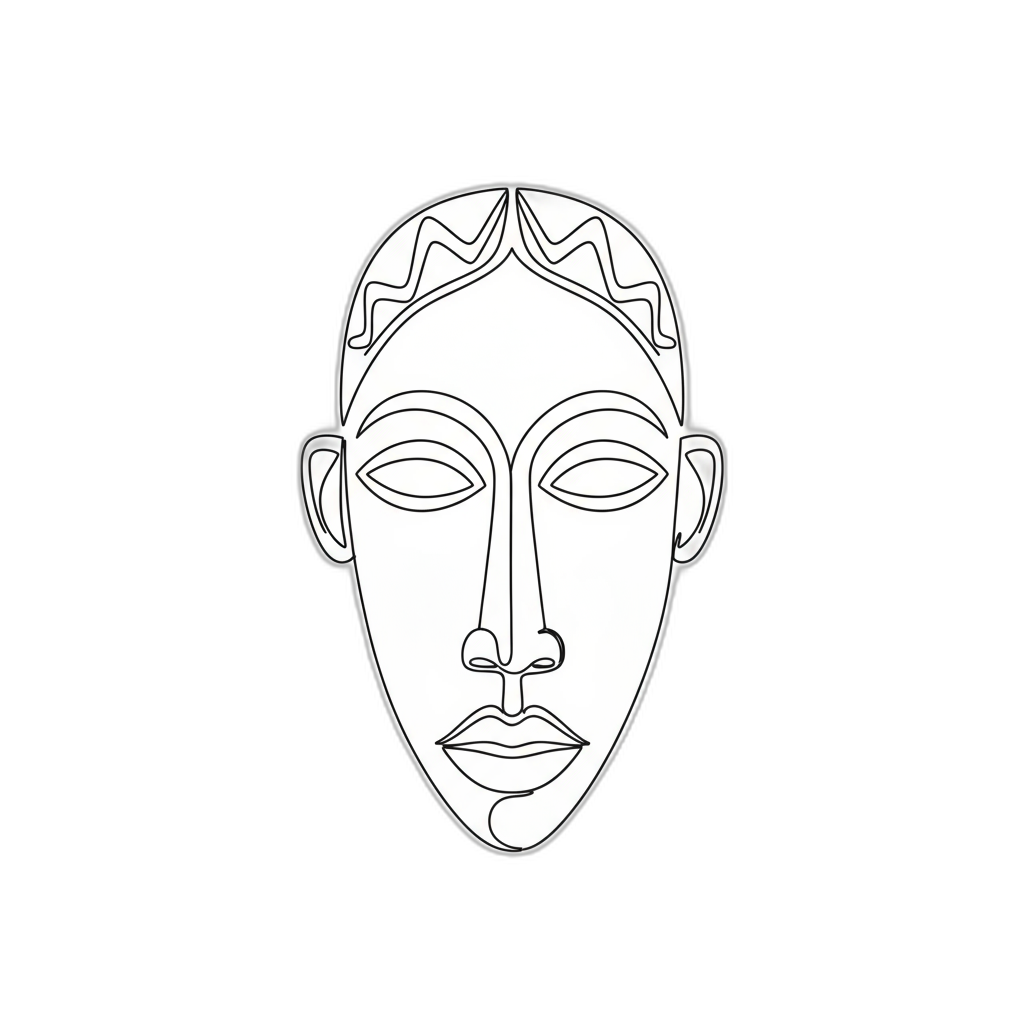
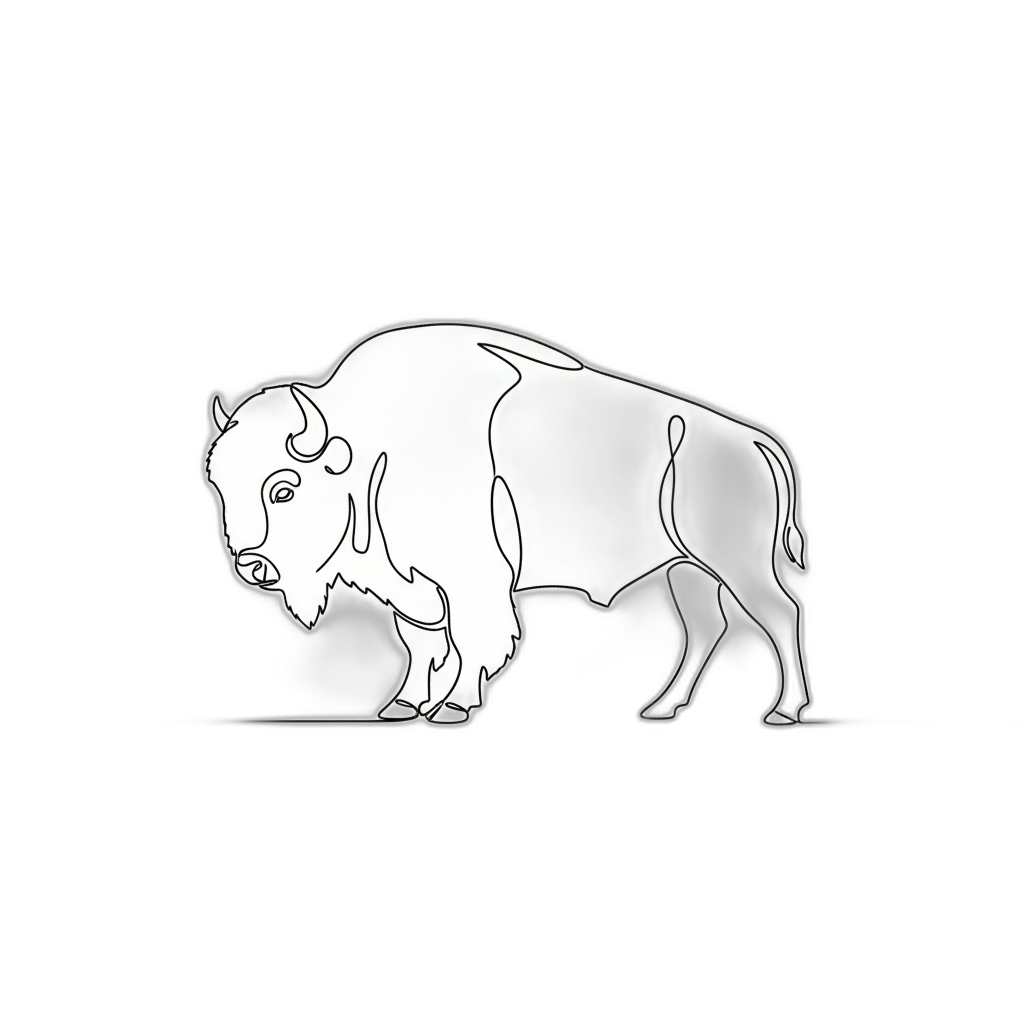





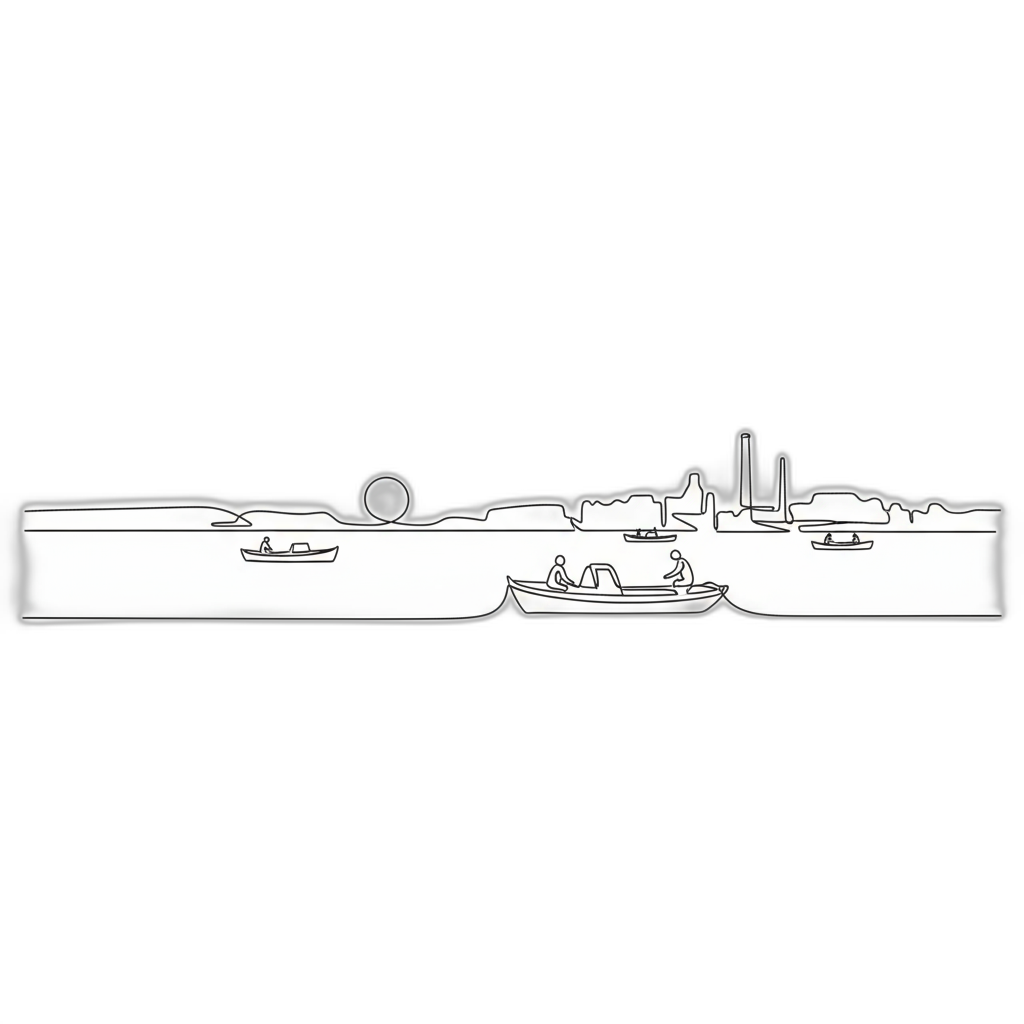



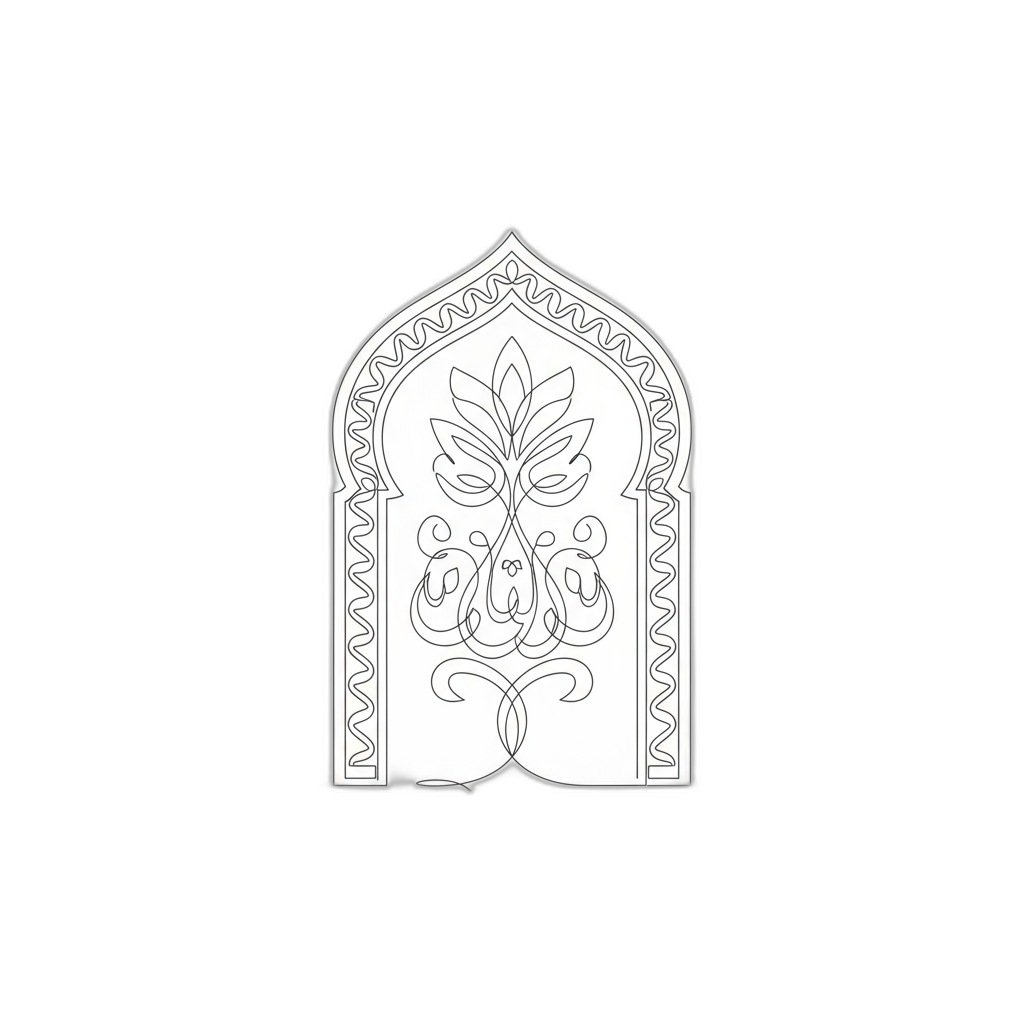
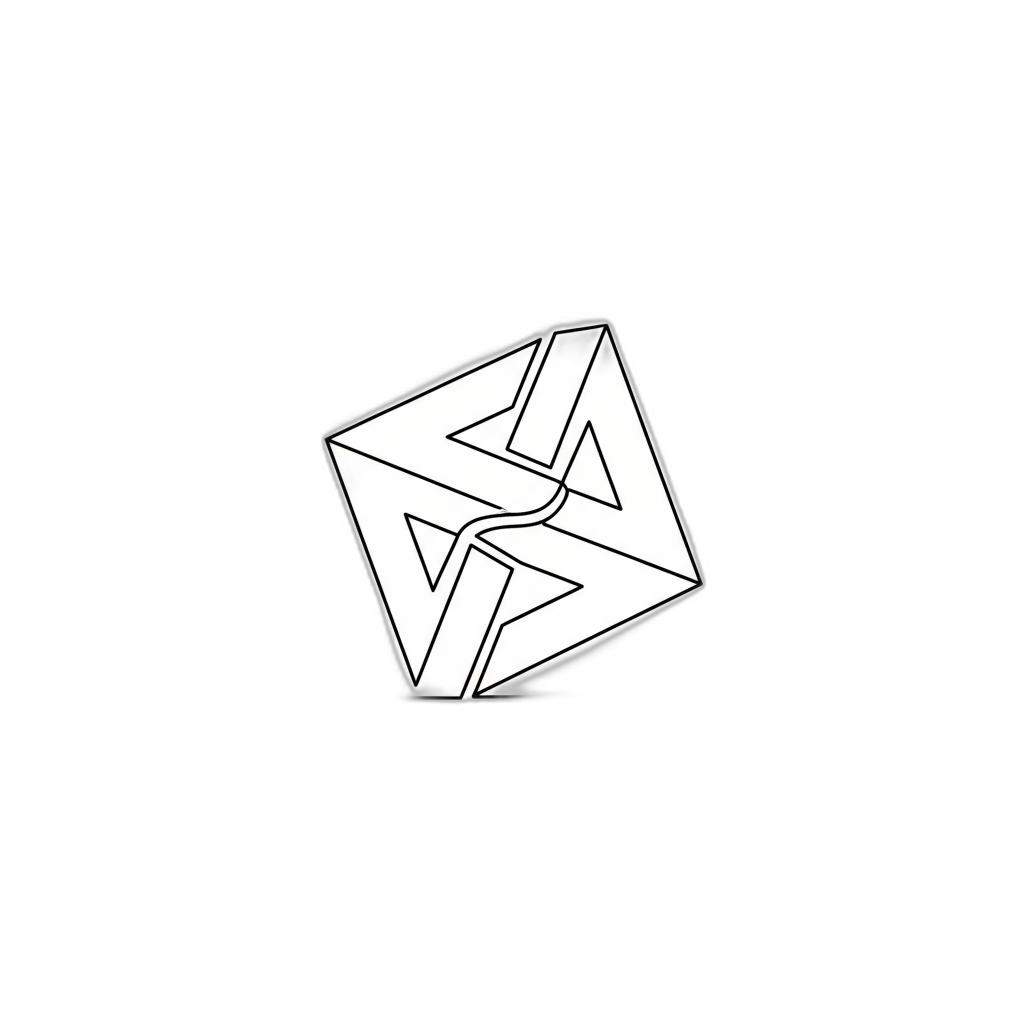





.svg)










